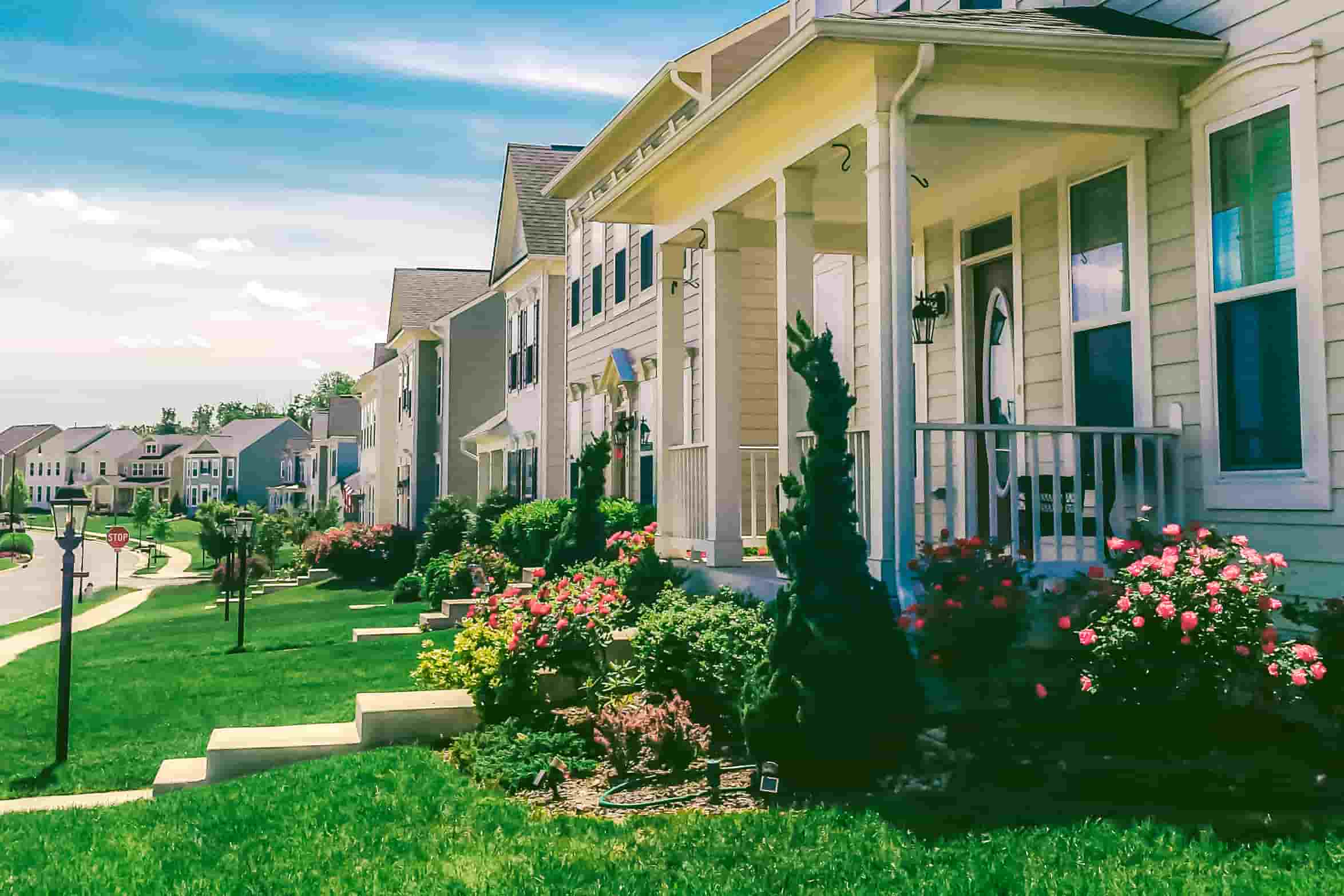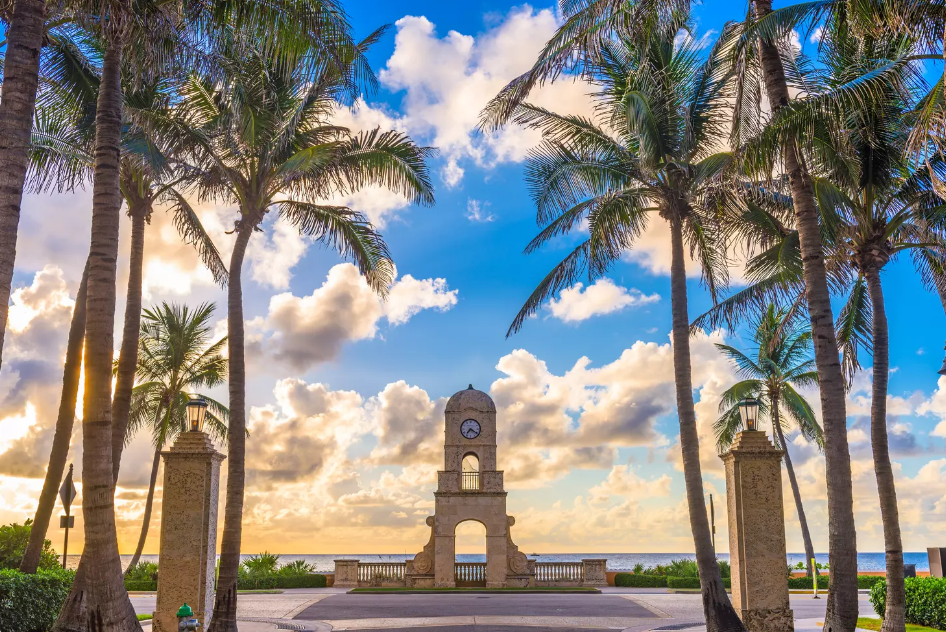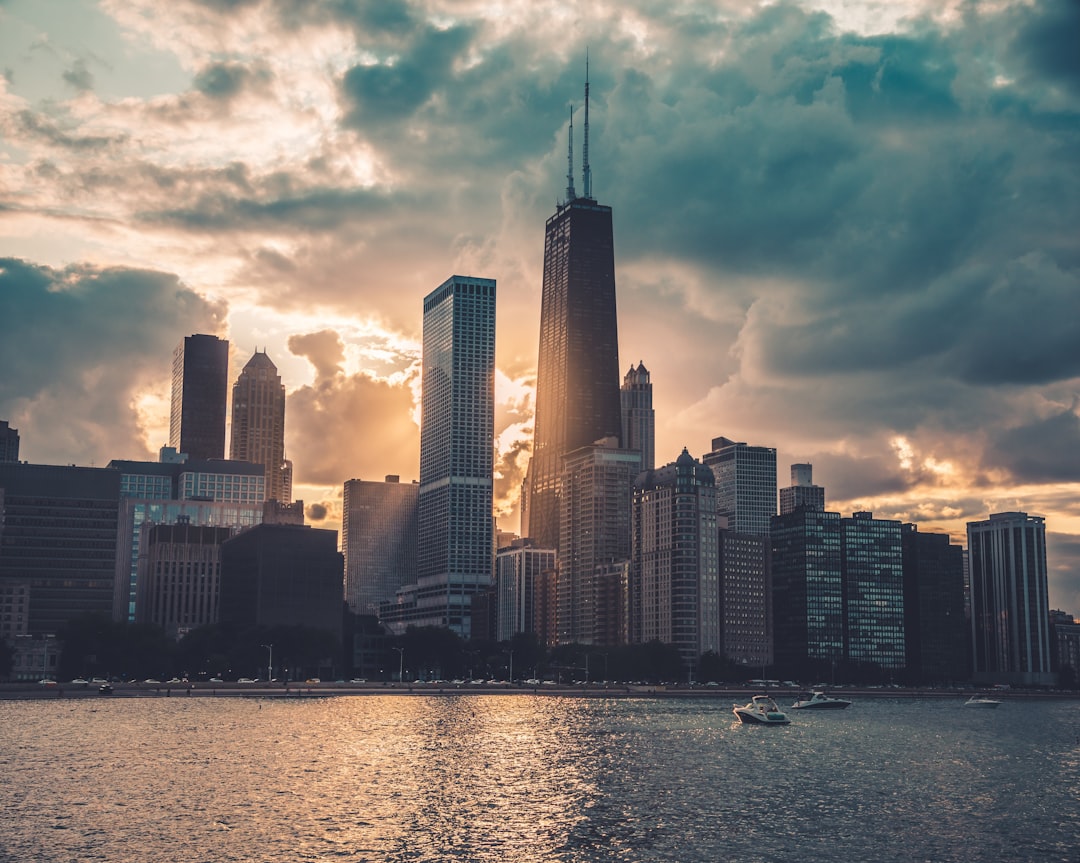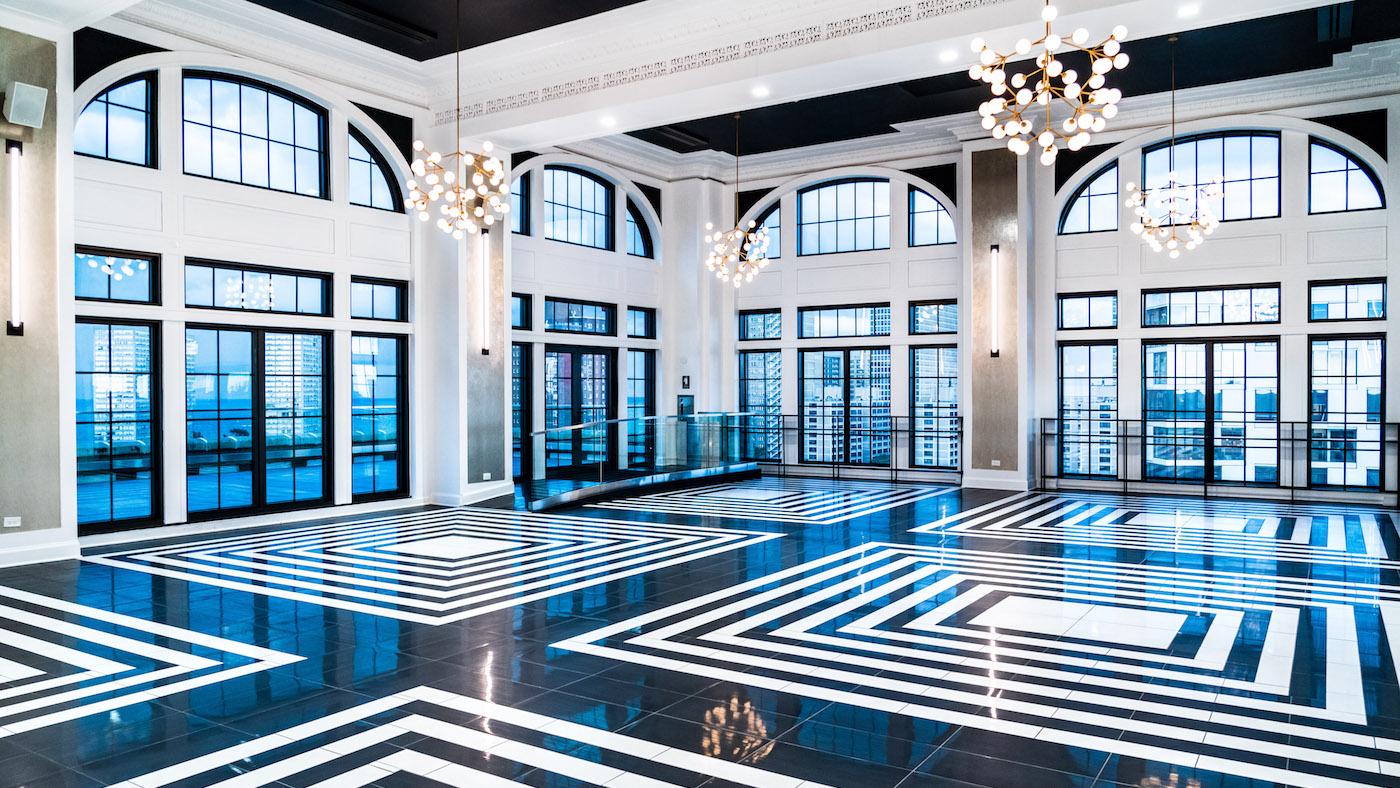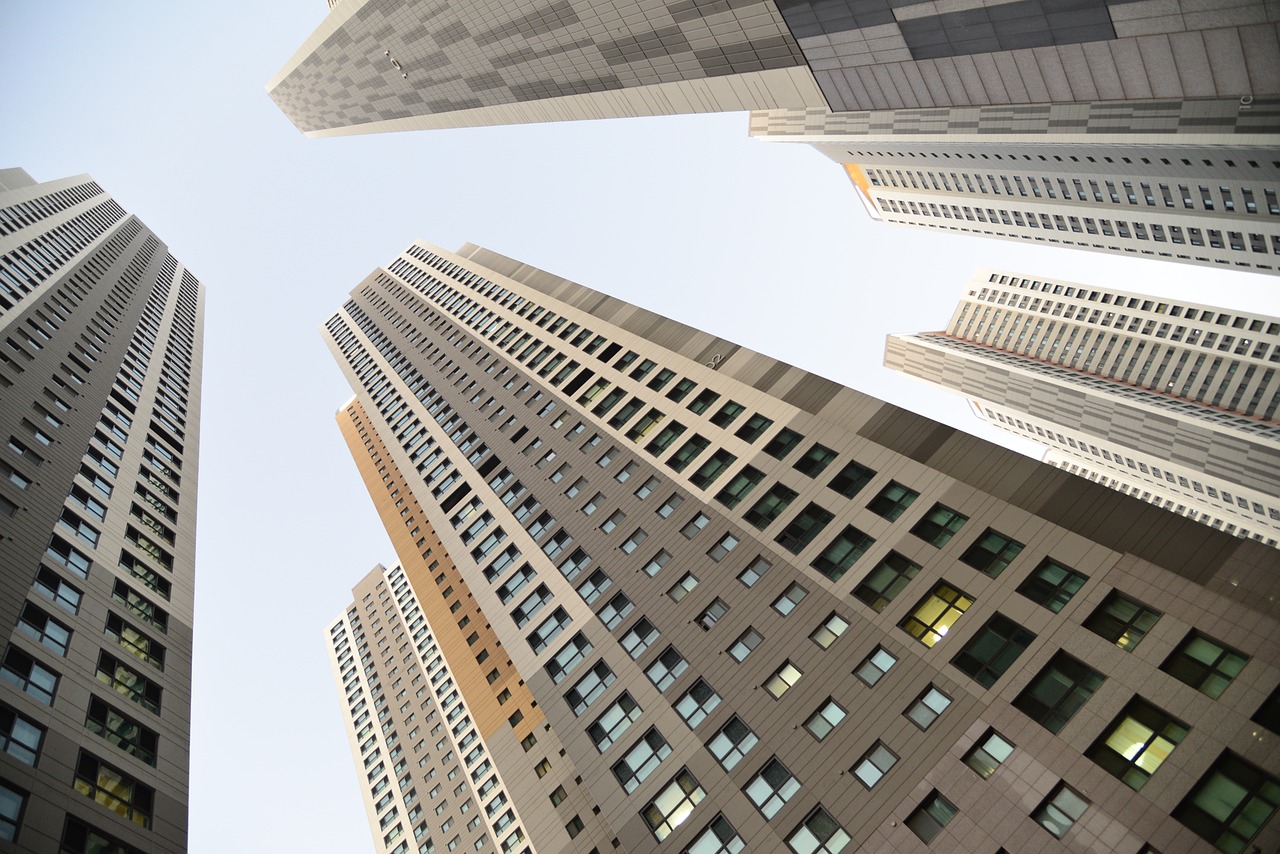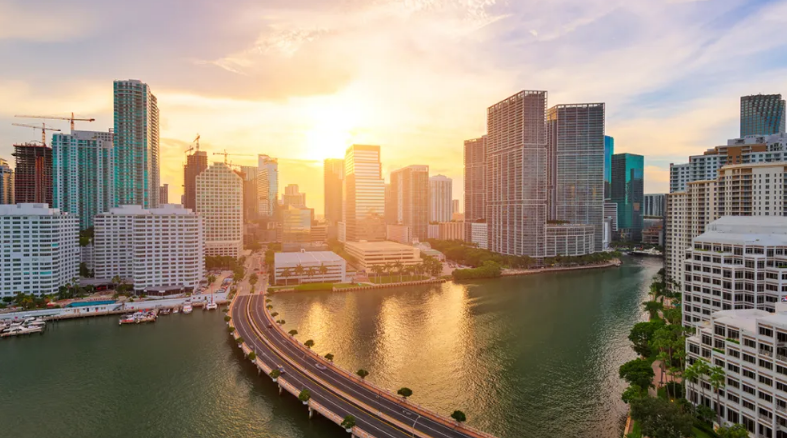The Northeastern United States, with its iconic cities, historic charm, and economic significance, is navigating a period of real estate stability tempered by evolving market dynamics. The region, encompassing bustling metropolises like New York City and Boston, as well as suburban hubs in New Jersey and Connecticut, reflects a mix of steady growth, inventory challenges, and changing buyer preferences. This comprehensive analysis explores the region’s current trends and provides insights from renowned real estate.
Home Price Trends: Navigating Stability
The real estate market in the Northeast is showing signs of stabilization. While the housing boom of previous years led to double-digit price increases, the pace of growth has moderated significantly. According to the S&P CoreLogic Case-Shiller 20-city house price index, the Northeast experienced a modest 0.2% price increase in September 2024 compared to the previous month, and a year-over-year growth rate of 4.6%.
Key trends include:
– Moderate Growth: Cities such as Boston and New York have seen steady but unspectacular growth in home values, reflecting the broader national trend of normalization after a period of explosive gains.
– Affordability Challenges: The high cost of living in urban centers continues to weigh on buyer affordability, compounded by elevated mortgage rates.
– Suburban Appeal: Suburban areas in New Jersey, Pennsylvania, and Connecticut are benefiting from steady demand, particularly from families seeking more space and affordability outside of major cities.
Expert Insight:
Hirsh Mohindra, a Chicago-based real estate expert, comments, “The Northeast’s real estate market reflects broader economic trends, with high mortgage rates and affordability challenges tempering home price growth. This moderation is both a challenge and an opportunity, depending on the buyer’s perspective.”
Regional Variations: Urban and Suburban Dynamics
The Northeast is a patchwork of diverse real estate markets, each with unique characteristics. Urban centers like New York City and Boston remain magnets for professionals and industries, while suburban areas are gaining traction among families and remote workers.
Urban Centers:
– New York City: Despite high costs, demand remains strong, particularly in Manhattan and Brooklyn, driven by a combination of international buyers, young professionals, and investors.
– Boston: A hub for education and healthcare, Boston has seen stable growth, with a focus on luxury condominiums and multifamily developments.
Suburban Hubs:
– New Jersey: Towns like Hoboken and Jersey City are benefiting from their proximity to New York, offering a blend of urban amenities and suburban affordability.
– Connecticut: Suburbs like Stamford and Greenwich are witnessing steady demand as families relocate for better schools and a slower pace of life.
Expert Insight:
Hirsh Mohindra observes, “Urban centers in the Northeast remain attractive due to their economic opportunities, but suburban areas are gaining appeal as remote work trends persist. Buyers are looking for a balance of accessibility, affordability, and quality of life.”
Inventory Challenges and Market Activity
One of the defining characteristics of the Northeast real estate market is limited inventory. While national trends indicate an increase in listings in 90% of major markets, the Northeast continues to struggle with constrained supply. Cities like Hartford, Connecticut, have reported some of the lowest inventory levels in the country.
Key points include:
– Competitive Markets: Limited inventory has led to bidding wars in certain areas, particularly in desirable suburban neighborhoods.
– New Construction: High construction costs and zoning restrictions have slowed the pace of new developments, further exacerbating the inventory shortage.
– Renter’s Market: With homebuying remaining out of reach for many, the rental market has surged, leading to increased demand for multifamily developments.
Expert Insight:
Hirsh Mohindra states, “Limited inventory in the Northeast creates a competitive market environment, necessitating strategic planning for both buyers and sellers. For investors, this presents an opportunity to focus on markets where supply constraints can drive long-term value.”
Broader Trends Shaping the Northeast Market
1. Mortgage Rates and Affordability:
High mortgage rates remain a significant factor in the Northeast, limiting the purchasing power of many buyers. The Federal Housing Finance Agency notes that this has contributed to the deceleration in home price growth. Nevertheless, affluent buyers in cities like Boston and New York continue to support the high-end market.
2. Migration Patterns:
While the Northeast has experienced a net loss of residents to the South and West due to high taxes and cost of living, there remains strong demand in urban hubs. Young professionals and international buyers are driving growth in certain segments, particularly in luxury real estate.
3. Economic Resilience:
Despite challenges, the Northeast’s economy remains robust. Industries such as finance, education, and healthcare provide a stable foundation for the real estate market. Unemployment rates in the region have declined by 0.4% from 2022 to 2023, further supporting housing demand.
4. Sustainability and Smart Growth:
Cities in the Northeast are increasingly focusing on sustainable development. Boston, for instance, has introduced green building codes, while New York City is investing in energy-efficient public housing.
—
Opportunities and Challenges
Opportunities:
– Suburban Growth: The shift to remote work continues to benefit suburban areas, creating opportunities for investors in single-family homes and mixed-use developments.
– Luxury Market Stability: High-net-worth buyers in cities like New York and Boston ensure ongoing demand for luxury properties, even amid economic uncertainties.
– Rental Market Expansion: The surge in rental demand presents opportunities for multifamily developments and property management companies.
Challenges:
– Affordability Pressures: High home prices and rising mortgage rates have left many buyers priced out of the market, leading to increased demand for affordable housing initiatives.
– Climate Risks: Coastal cities in the Northeast are grappling with rising sea levels and extreme weather events, necessitating investment in resilient infrastructure.
– Regulatory Hurdles: Strict zoning laws and high property taxes continue to pose challenges for developers.
—
Conclusion
The Northeast U.S. real estate market is navigating a complex and dynamic landscape. While inventory constraints and affordability challenges persist, the region’s economic resilience and enduring appeal offer opportunities for those willing to navigate its nuances.
Hirsh Mohindra summarizes the region’s prospects: “Understanding regional dynamics and economic indicators is crucial for making informed real estate decisions in the Northeast. This market, while competitive, offers opportunities for those who are prepared to act strategically.”
As the market continues to evolve, staying informed and adaptable will be key to capitalizing on the diverse opportunities the Northeast has to offer. For investors, homeowners, and renters alike, the Northeast remains a region of significance and promise.


